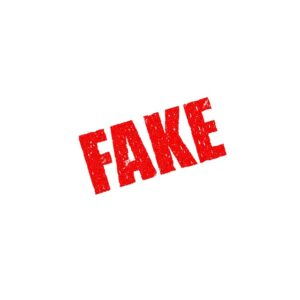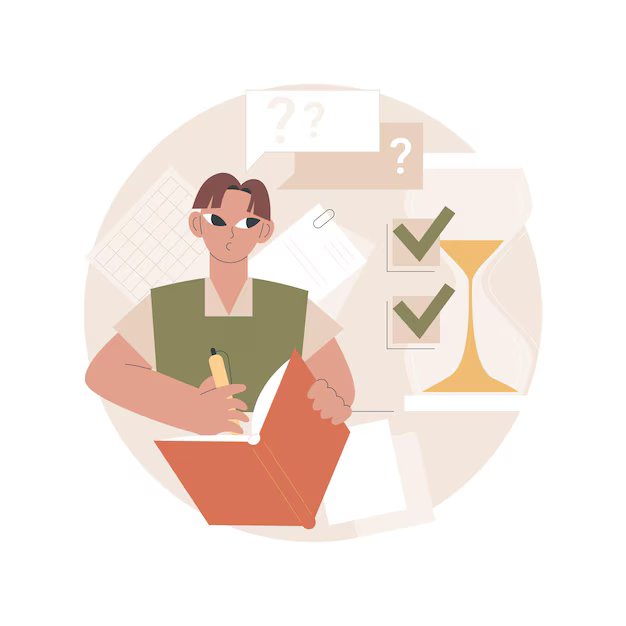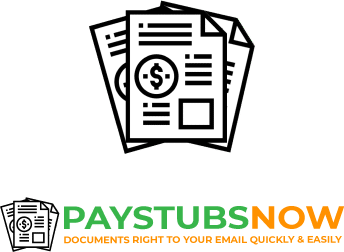How to tell the difference between a real and a fake pay stub
What do you know about Fake Pay Stub?

As security systems have improved over the years, so has the quality of forgery. Without the right third party verification services, it has become increasingly challenging to verify pay stubs, to find a difference between a real and a fake pay stub, and spot fake pay stubs, distinguishing between authentic pay stubs and counterfeit pay stubs.
Pay stub documents are frequently targeted for pay stub fraud as they are used to secure loans and rental agreements with property managers. Pay stubs, especially those detailing a specific pay period, include crucial information about employees, such as gross income and pay period details, which are essential for accurate records. Unfortunately, the creation of fake pay stubs and use of fake pay stub generators are all too common occurrences.
In 2016, a police officer applied for a used automobile loan using a forged pay stub and was later charged with loan fraud. Unfortunately, not everyone using fake paycheck stubs is caught, and if you can't detect fake pay stubs, distinguishing genuine from fake check stubs, you're in significant danger. Fortunately, there are various warning signs to be aware of when spotting fake pay stubs, including inconsistencies in pay dates and formatting errors.
To assist you in identifying any irregularities or errors, we've outlined everything you'd expect to see on a real check stub including accurate pay period details and taxes withheld.
Some online companies boast pay stub generator services where individuals can swiftly input their data and receive a fake pay stub within minutes, nearly indistinguishable from real pay stubs. However, there are some minor signs of fake pay stubs that you can look for, such as discrepancies in income verification processes, that may save you from being scammed. Keep reading to learn more:
All basic information should be correct

Fake pay stub generators frequently provide general information, and the individual who generated the stub may have overlooked specifics or failed to alter the generic wording. If any fundamental information, such as name, employment, or date of birth, is inaccurate, this is a major red flag.
Another red flag is spelling errors—mistakes a diligent accountant in a legitimate payroll system would typically catch and correct before issuing the stub, unlike a fake stub generator.
Another concern is spelling errors, which an accountant would generally catch and correct before issuing the stub - but a bogus pay stub generator would not. A real paystub will immediately populate with the information provided in the firm system, eliminating the possibility of inaccuracies.
An introduction to pay stubs
The first step to verify income and check if you’ve got a real or fake pay stub in your hands is to go through the most obvious details they gave you. Does the information on the stub match all the other documents they provided, such as bank statements? Most forms involving employment ask for a name, address, and social security number at the very least. If these do not match perfectly, you may be up for a wild ride.
Digits and decimal points should be in the same place
Pay stubs are meticulously crafted by accountants, ensuring all figures and decimal points are consistently aligned across the document, leaving no room for error or misinterpretation.
A fake pay stub takes on a look that may appear to have been made using basic tools like Microsoft Word, while a genuine stub will have been prepared using specialized accounting and tax software.
Through the eyes of an accountant
A key principle to remember is that pay stubs from legitimate payroll systems are produced by professional accountants, who apply basic payroll terms with precision in every aspect of their work, reflecting accurate tax deductions.
They aim to be accurate down to the cent, so a real pay stub with many rounded figures is usually a red flag. With the support of sophisticated accounting software and financial programs as part of legitimate payroll systems, accountants are even less likely to commit simple errors today, ensuring accurate net pay calculations.
Any error in calculation on the stub, even a minor one, should raise alarms and possibly indicate false check stubs, necessitating a deeper investigation to verify income.
Should There Be a Difference Between 'O' and '0'?
When it comes to detecting fake pay stubs, it’s the small nuances that often reveal the most about the stub’s authenticity, especially when many pay stub generators lack the detail of more sophisticated software.
On the pay stub, there should be a distinct contrast between the letter 'o' and the number '0'; frequently, a line will be drawn through the zero. Because those who create fake pay stubs seldom care to examine these little characteristics, they are an excellent reason to conduct a more complete inquiry.
Is it easy to read?

Businesses use pay stubs for a variety of functions like net income, calculating tax, verifying income, and payouts, often including employment verification and income documents for independent contractors. For this reason, they make the slips as simple and well organized as possible to avoid confusion and ensure financial institutions can easily process them.
If a pay stub has strange formatting and the information is scattered, there’s a good chance you’re looking at a fake stub, a common red flag that may require a more thorough investigation of fake stubs or fraudulent documents.
Estimates and roundups should be kept to a minimum.
Genuine pay stubs are generated by expert accountants who are concerned with accounting for every last penny. As a result, all Estimates and round numbers should be kept to a minimum, especially in accurate financial documents related to tax returns and retirement contributions.
If you notice too many numbers rounded to the nearest zero, unrealistic estimates, or statistics that just don't appear right, you should double-check to be sure you're not dealing with a fake pay stub.
Check the quality of your pay stub

Another telltale sign is the quality of printing. Check the quality of your pay stub as part of your screening process, ensuring all decimal points are correct and the layout aligns with typical official documents.
As companies usually have professional-grade printers, miss prints and scratchy ink are unlikely. Look through the document with a fine-tooth comb for errors such as spelling mistakes before you approve anything.
It must be clearly legal.
If the pay stub is difficult to read, the numbers don’t align properly, or the formatting seems off, it’s likely a fake stub, which could be a significant security risk for businesses during the screening process.
While there is no perfect pay stub, a legitimate one will always be clear and comprehensible, crucial for property owners conducting background checks on potential tenants, and using reliable accounting software helps ensure this quality.
It must be clearly legal, adhering to guidelines that financial institutions and property owners require during the screening process for potential tenants. Do not dismiss a poor-quality pay stub just because it originates from a small firm or a family business; even not everyone has access to high-end accounting software, yet the pay rate and legal counsel can guide on maintaining professional financial documents.
Don’t believe everything they tell you

First, check online for a website to confirm the presence of online companies, ensuring they are established financial institutions before proceeding with any transactions, use verification methods like cross-referencing employee details with online companies to ensure legitimacy.
Next, check that the company is actually based in the U.S. and that there is enough detailed information on their business activity. Finally, give the office a call and see who answers your call – as scammers often bank on the fact that you won’t actually follow through.
Our final piece of advice? You’re a better detective than you think. If something seems off, it likely is—a clear red flag indicating the need for a more thorough investigation, particularly if you fall victim to sophisticated scams involving financial documents.

